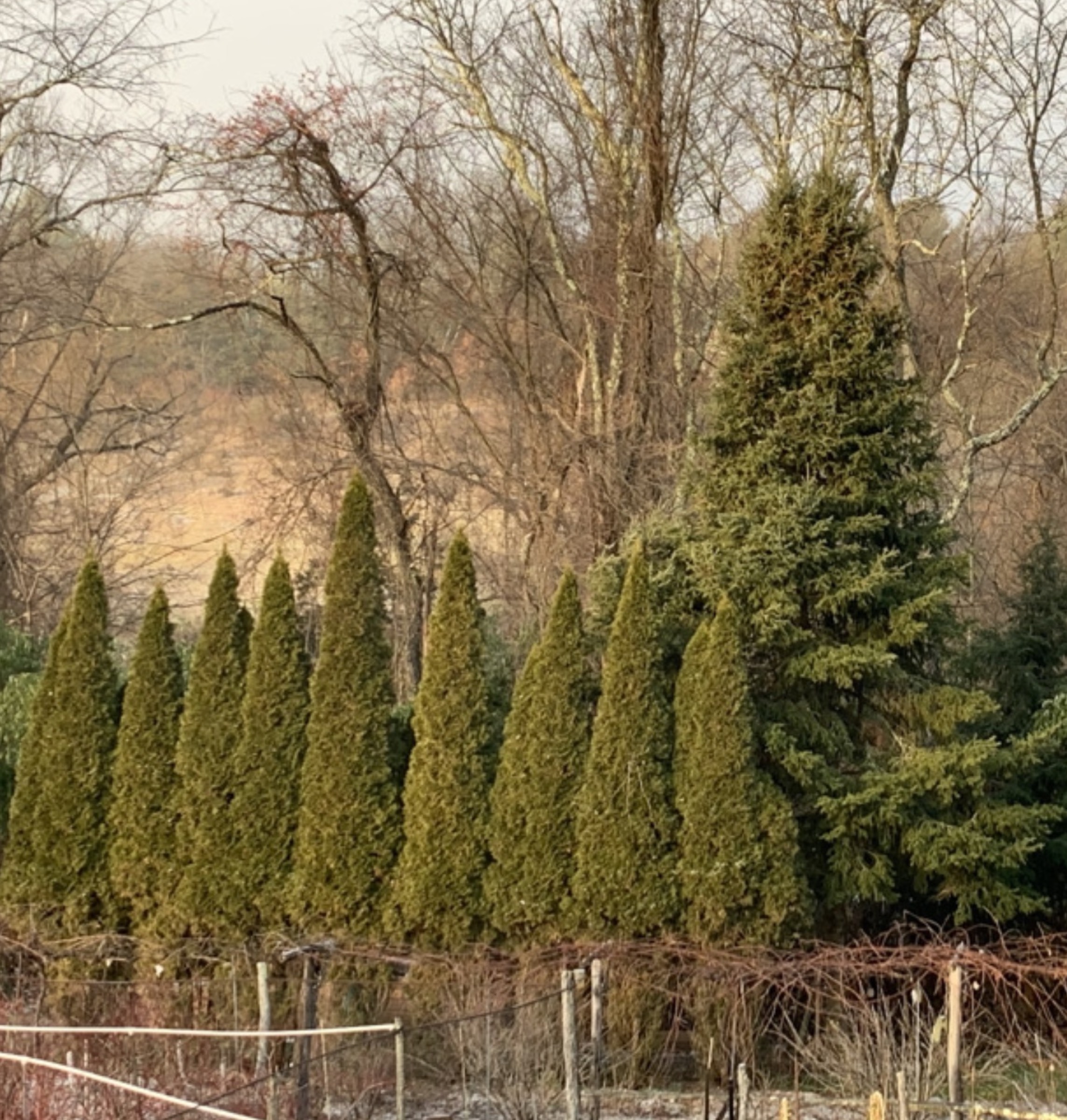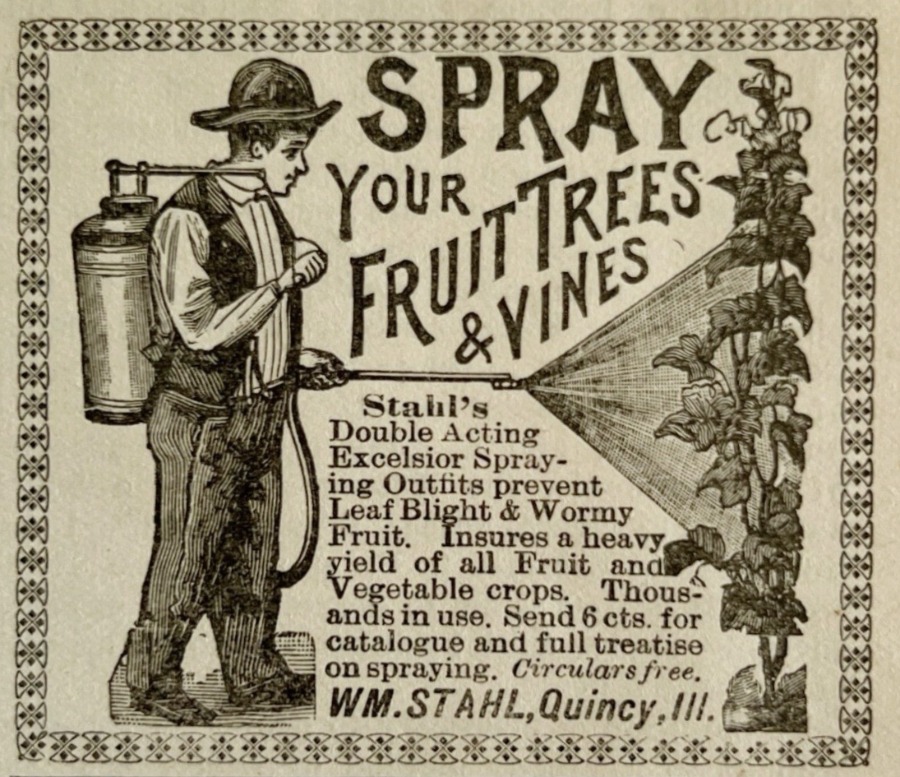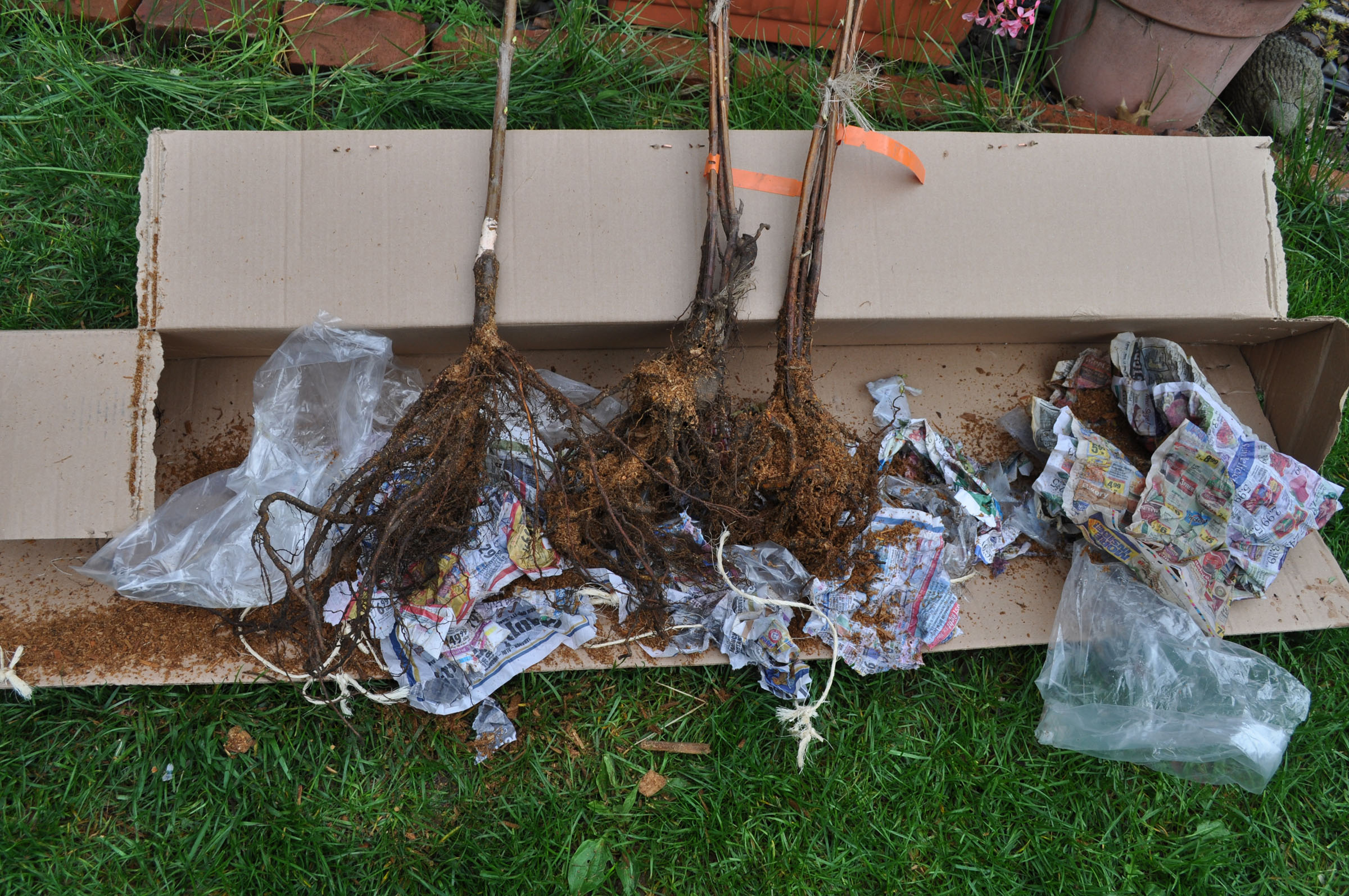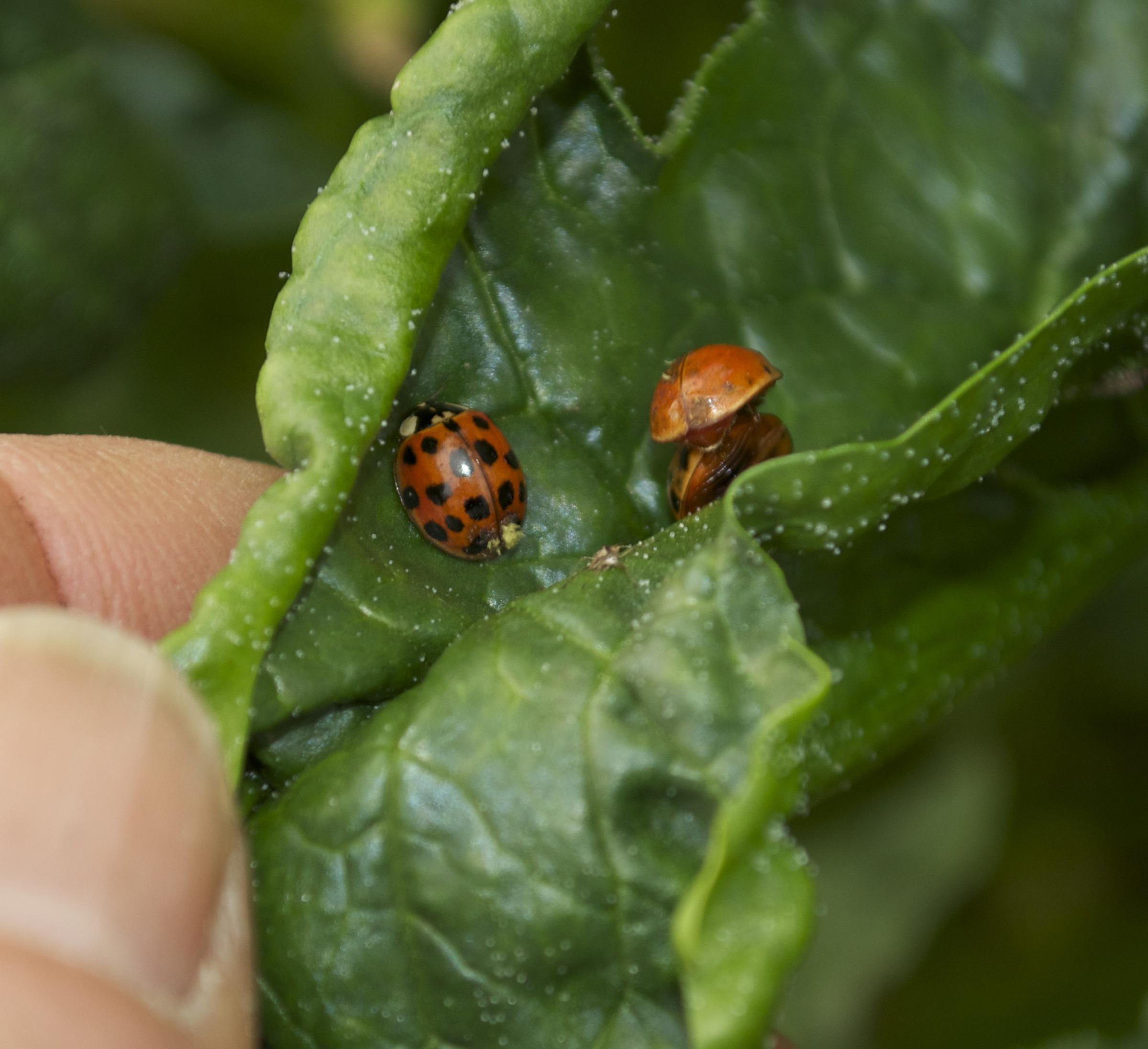TREE PLANTING MYTHS DEBUNKED
/4 Comments/in Soil/by Lee ReichAnd the Best Time to Plant Is . . .
Planting a tree has gotten a lot easier these days, not from new technology in digging equipment but because research into trees’ responses to various planting practices has dispelled many myths. Too late to act on this one but even the best season for planting has been shifted for many tree species from the more traditional spring planting to planting in fall.

Arbovitae & Balsam fir, planted in 1990s
Okay, perhaps you haven’t come up with where or what to plant this spring, take heartwith some of the reasons why fall — if you’re ready then — is a good, in some cases better, time. Fall planting is easier because the soil is generally in better condition for digging and because planting can be done at a relaxed pace. Lingering summer heat coupled with fall rains makes for a soil that is moist and crumbly rather than the goopy mess often found in spring.
And there’s no need to rush a plant into the ground for fear of stems beginning growth before roots take hold. Buds won’t awaken until they’ve experienced a winter’s worth of cold, and by then roots of fall planted trees will have already begun to extend out into the surrounding soil.
Come spring, roots of fall planted trees are also in place and ready to soak up a winter’s worth of soil moisture, so need less watering by you.
Don’t Work So Hard
Whether painting in spring or fall, DO NOT bow to certain traditions of planting. Such as: Read more
SOAP UP
/2 Comments/in Pests/by Lee ReichPlus Ça Change . . .
In gardening as much as anything else “the more things change, the more they stay the same.” In 1845, Andrew Jackson Downing, famous horticulturalist (and native son to New York’s Hudson Valley) that a “wash of soft soap is very good for many purposes . . . penetrates all the crevices where insects may be lodged, destroying them.”
Savvy gardeners were using soap sprays even back in the 1700’s, and they were continuing to do so right through the beginning of the 20th century. Read more
WHERE’S HOME?
/4 Comments/in Pests/by Lee ReichMigration
“Ladybug, ladybug fly away home…” Whoops, she did! And she’s made my home, and perhaps your home, her home. With spring just around the corner, she’s awakening and coming indoors.
Ladybugs are such lovable creatures that we — or I, at least — can’t call them a pest even when they act like one. Just now they’re creeping on windows along with cluster flies, also benign creatures but “pests” not at all welcome in my home. Ladybugs do get even peskier indoors: I occasionally find them marching across a pillow just before I lay down my head or scuffling along the edge of a teacup just before I take a sip.
It’s not your imagination that the annual ladybug migration indoors has increased from years’ past. Read more




